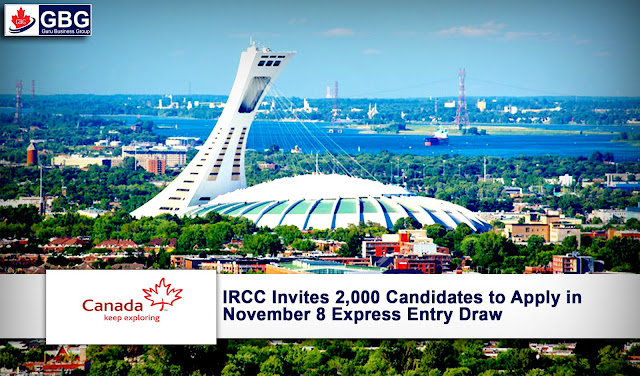 |
| IRCC Invites 2,000 Candidates to Apply in November 8 Express Entry Draw |
IRCC Invites 2,000 Candidates to Apply in November 8 Express Entry Draw
Immigration, Refugees and Citizenship Canada (IRCC) has invited 2,000 candidates in the Express Entry pool to apply for Canadian permanent residence in a draw that took place the morning of Wednesday, November 8. The Comprehensive Ranking System (CRS) score of the lowest-ranked candidate issued an Invitation to Apply (ITA) was 458.
This latest draw, the 77th to take place since Express Entry was first introduced in January, 2015 and the 27th so far this year, is the first draw to operate under a new procedure whereby in the event that multiple candidates have tied CRS scores, profiles are ranked according to the date and time of submission of the profiles, with profiles that have been in the pool longer being prioritized for invitation over newer profiles. This ‘tie-break’ policy was first unveiled by IRCC as a possible future strategy last June. Therefore, it is possible that not all candidates with exactly 458 CRS points were invited on this occasion.
Last week, the federal Minister of Immigration, Ahmed Hussen signed off on two Express Entry draws, in which only those candidates eligible under the Federal Skilled Trades Class (FSTC), as well as candidates with a provincial nomination, were invited to apply. Candidates with a provincial nomination obtained through an ‘enhanced’ Express Entry-aligned Provincial Nominee Program (PNP) stream receive 600 additional CRS points and an ITA at a subsequent draw from the pool.
Program-specific draws, such as those that took place last week, are the exception rather than the norm. In those draws, IRCC invited 795 candidates to apply, a factor that may have contributed to the relatively low number of candidates invited in today’s draw. As a result, this was likely to have been a significant contributing factor to the increase in the CRS cut-off threshold.
 *Note: Draws of May 26 and November 1 invited provincial nominees and candidates in the Federal Skilled Trades Class only.
Just after last week’s draws were performed, the Minister revealed the government’s ambitious new multi-year Immigration Levels Plan for 2018 to 2020. Under the plan, Canada expects to welcome nearly one million new permanent residents over the three years, with around a quarter million of those newcomers to be admitted through the federal economic immigration programs managed under Express Entry, namely: the Federal Skilled Worker Class (FSWC), the Federal Skilled Trades Class (FSTC), and the Canadian Experience Class (CEC). The number admitted through these programs is set to increase year-on-year.
With more candidates set to be invited over the coming months and years, IRCC will have to either perform larger draws, in which more candidates would be invited to apply, or perform more frequent draws. It is, of course, possible that IRCC could invite more candidates and perform more frequent draws in the future.
The latest draw brings the total number of ITAs issued so far in 2017 to 77,773, representing more than half of the 142,618 issued since 2015. IRCC has increased the number of ITAs issued as Express Entry has become the main driver of economic immigration to Canada.
*Note: Draws of May 26 and November 1 invited provincial nominees and candidates in the Federal Skilled Trades Class only.
Just after last week’s draws were performed, the Minister revealed the government’s ambitious new multi-year Immigration Levels Plan for 2018 to 2020. Under the plan, Canada expects to welcome nearly one million new permanent residents over the three years, with around a quarter million of those newcomers to be admitted through the federal economic immigration programs managed under Express Entry, namely: the Federal Skilled Worker Class (FSWC), the Federal Skilled Trades Class (FSTC), and the Canadian Experience Class (CEC). The number admitted through these programs is set to increase year-on-year.
With more candidates set to be invited over the coming months and years, IRCC will have to either perform larger draws, in which more candidates would be invited to apply, or perform more frequent draws. It is, of course, possible that IRCC could invite more candidates and perform more frequent draws in the future.
The latest draw brings the total number of ITAs issued so far in 2017 to 77,773, representing more than half of the 142,618 issued since 2015. IRCC has increased the number of ITAs issued as Express Entry has become the main driver of economic immigration to Canada.
 *Note: Draws of May 26 and November 1 invited provincial nominees and candidates in the Federal Skilled Trades Class only.
*Note: Draws of May 26 and November 1 invited provincial nominees and candidates in the Federal Skilled Trades Class only.
Immigration, Refugees and Citizenship Canada (IRCC) has invited 2,000 candidates in the Express Entry pool to apply for Canadian permanent residence in a draw that took place the morning of Wednesday, November 8. The Comprehensive Ranking System (CRS) score of the lowest-ranked candidate issued an Invitation to Apply (ITA) was 458.
This latest draw, the 77th to take place since Express Entry was first introduced in January, 2015 and the 27th so far this year, is the first draw to operate under a new procedure whereby in the event that multiple candidates have tied CRS scores, profiles are ranked according to the date and time of submission of the profiles, with profiles that have been in the pool longer being prioritized for invitation over newer profiles. This ‘tie-break’ policy was first unveiled by IRCC as a possible future strategy last June. Therefore, it is possible that not all candidates with exactly 458 CRS points were invited on this occasion.
Last week, the federal Minister of Immigration, Ahmed Hussen signed off on two Express Entry draws, in which only those candidates eligible under the Federal Skilled Trades Class (FSTC), as well as candidates with a provincial nomination, were invited to apply. Candidates with a provincial nomination obtained through an ‘enhanced’ Express Entry-aligned Provincial Nominee Program (PNP) stream receive 600 additional CRS points and an ITA at a subsequent draw from the pool.
Program-specific draws, such as those that took place last week, are the exception rather than the norm. In those draws, IRCC invited 795 candidates to apply, a factor that may have contributed to the relatively low number of candidates invited in today’s draw. As a result, this was likely to have been a significant contributing factor to the increase in the CRS cut-off threshold.

*Note: Draws of May 26 and November 1 invited provincial nominees and candidates in the Federal Skilled Trades Class only.
Just after last week’s draws were performed, the Minister revealed the government’s ambitious new multi-year Immigration Levels Plan for 2018 to 2020. Under the plan, Canada expects to welcome nearly one million new permanent residents over the three years, with around a quarter million of those newcomers to be admitted through the federal economic immigration programs managed under Express Entry, namely: the Federal Skilled Worker Class (FSWC), the Federal Skilled Trades Class (FSTC), and the Canadian Experience Class (CEC). The number admitted through these programs is set to increase year-on-year.
With more candidates set to be invited over the coming months and years, IRCC will have to either perform larger draws, in which more candidates would be invited to apply, or perform more frequent draws. It is, of course, possible that IRCC could invite more candidates and perform more frequent draws in the future.
The latest draw brings the total number of ITAs issued so far in 2017 to 77,773, representing more than half of the 142,618 issued since 2015. IRCC has increased the number of ITAs issued as Express Entry has become the main driver of economic immigration to Canada.

*Note: Draws of May 26 and November 1 invited provincial nominees and candidates in the Federal Skilled Trades Class only.
Ontario update
Following the Express Entry draws last week, the province of Ontario re-opened its popular Express Entry-aligned Human Capital Priorities stream for new applications on November 2. By November 7, the OINP Human Capital Priorities stream had reached its intake limit. However, immigration authorities in Ontario confirmed to CICNews that more Notifications of Interest (NOIs) may be issued before the end of 2017. Among the eligibility criteria for this stream of the Ontario Immigrant Nominee Program (OINP) is that candidates must be in the federal Express Entry pool with 400 or more CRS points. Consequently, there is every chance that more eligible candidates may be invited to apply for a provincial nomination under the OINP in the near future.
Following the Express Entry draws last week, the province of Ontario re-opened its popular Express Entry-aligned Human Capital Priorities stream for new applications on November 2. By November 7, the OINP Human Capital Priorities stream had reached its intake limit. However, immigration authorities in Ontario confirmed to CICNews that more Notifications of Interest (NOIs) may be issued before the end of 2017. Among the eligibility criteria for this stream of the Ontario Immigrant Nominee Program (OINP) is that candidates must be in the federal Express Entry pool with 400 or more CRS points. Consequently, there is every chance that more eligible candidates may be invited to apply for a provincial nomination under the OINP in the near future.
A dynamic system
With fluctuating CRS thresholds, the sporadic presence of program-specific draws in the timeline, and tweaks to procedure such as the introduction of the tie-break, it is helpful to look at which sorts of candidates are receiving ITAs following the latest draw. The examples below are entirely hypothetical.
Mike is a 33 year-old software engineer, who has a Master’s degree and three years of work experience. He has an advanced English language proficiency and has never worked or studied in Canada. His CRS of 459 would have been sufficient to receive an ITA in the most recent draw from the pool.
Lianne and Steve are 29, have been working as financial analysts for nearly four years each, and both partners hold a bachelor’s degree. They each have an initial advanced English language proficiency. While they have never worked or studied in Canada, Lianne’s sister is a permanent resident living in the Canadian province of Ontario. Their CRS score of 458 would be sufficient to obtain an ITA.
Meyan is 33 and came to Canada as an international student. She obtained his Bachelor’s degree in Alberta, and has been working as a restaurant manager in Canada for two years. Before coming to Canada, Meyan obtained three years of work experience overseas, also as a restaurant manager. She has a high intermediate English language proficiency in speaking and listening, as well as an intermediate proficiency in reading and writing. Her CRS of 459 would have been sufficient to obtain an ITA.
“The latest draw can be seen as an anomaly. Indeed, you could also see last week’s draws in the same light. The number of candidates drawn in each draw over the past two weeks is lower than usual, and, as a result, the CRS cut-off threshold has increased for most eligible candidates,” says Attorney David Cohen.
“The good news is that IRCC is taking steps to improve the process even more. We can see that today with the introduction of the tie-break. A much bigger strategic change, however, is the new multi-year Immigration Levels Plan unveiled last week. Current and prospective Express Entry candidates have every reason to be optimistic that their opportunity will come. I would encourage individuals and families looking to make Canada their new home to evaluate their options as we leave 2017 behind and enter a new era beginning in 2018.”
With fluctuating CRS thresholds, the sporadic presence of program-specific draws in the timeline, and tweaks to procedure such as the introduction of the tie-break, it is helpful to look at which sorts of candidates are receiving ITAs following the latest draw. The examples below are entirely hypothetical.
Mike is a 33 year-old software engineer, who has a Master’s degree and three years of work experience. He has an advanced English language proficiency and has never worked or studied in Canada. His CRS of 459 would have been sufficient to receive an ITA in the most recent draw from the pool.
Lianne and Steve are 29, have been working as financial analysts for nearly four years each, and both partners hold a bachelor’s degree. They each have an initial advanced English language proficiency. While they have never worked or studied in Canada, Lianne’s sister is a permanent resident living in the Canadian province of Ontario. Their CRS score of 458 would be sufficient to obtain an ITA.
Meyan is 33 and came to Canada as an international student. She obtained his Bachelor’s degree in Alberta, and has been working as a restaurant manager in Canada for two years. Before coming to Canada, Meyan obtained three years of work experience overseas, also as a restaurant manager. She has a high intermediate English language proficiency in speaking and listening, as well as an intermediate proficiency in reading and writing. Her CRS of 459 would have been sufficient to obtain an ITA.
“The latest draw can be seen as an anomaly. Indeed, you could also see last week’s draws in the same light. The number of candidates drawn in each draw over the past two weeks is lower than usual, and, as a result, the CRS cut-off threshold has increased for most eligible candidates,” says Attorney David Cohen.
“The good news is that IRCC is taking steps to improve the process even more. We can see that today with the introduction of the tie-break. A much bigger strategic change, however, is the new multi-year Immigration Levels Plan unveiled last week. Current and prospective Express Entry candidates have every reason to be optimistic that their opportunity will come. I would encourage individuals and families looking to make Canada their new home to evaluate their options as we leave 2017 behind and enter a new era beginning in 2018.”

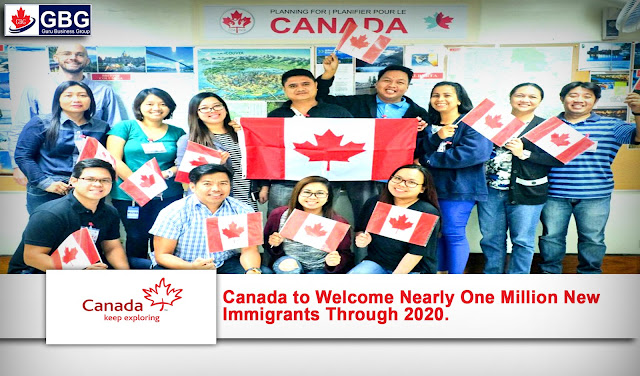
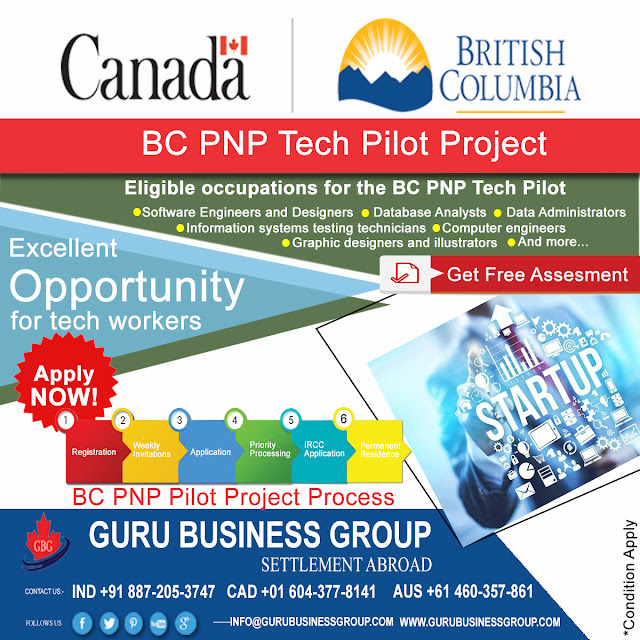


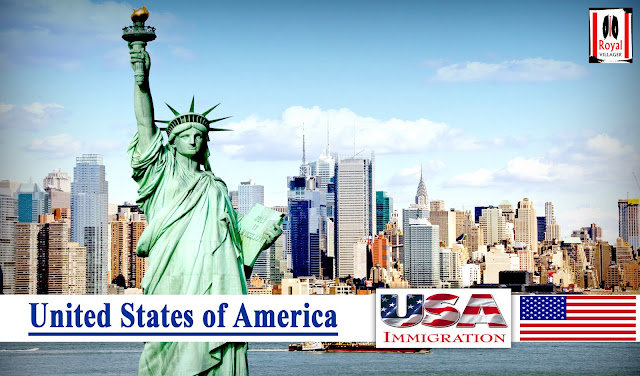
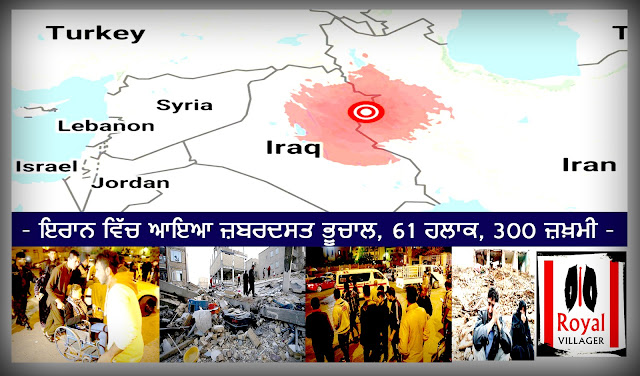
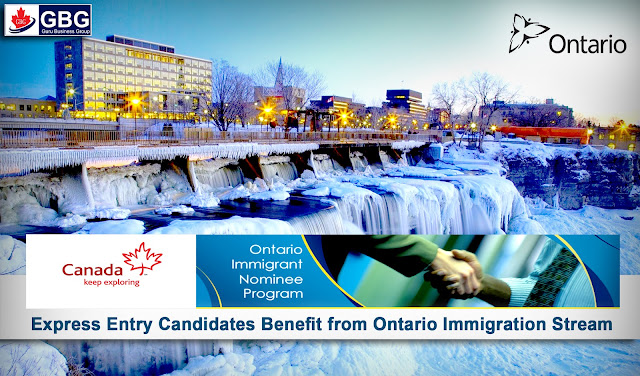
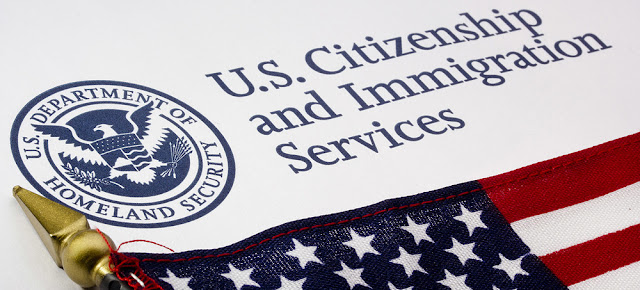
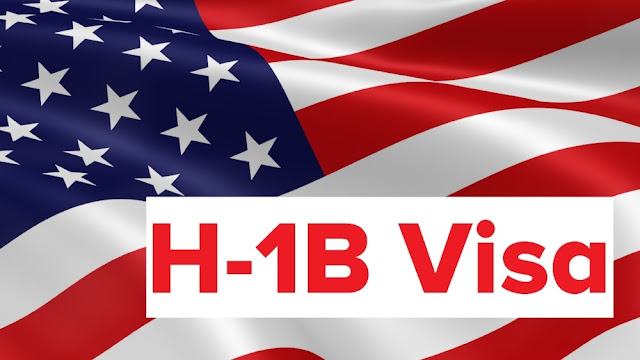
Comments
Post a Comment
Thanks for your Response...!